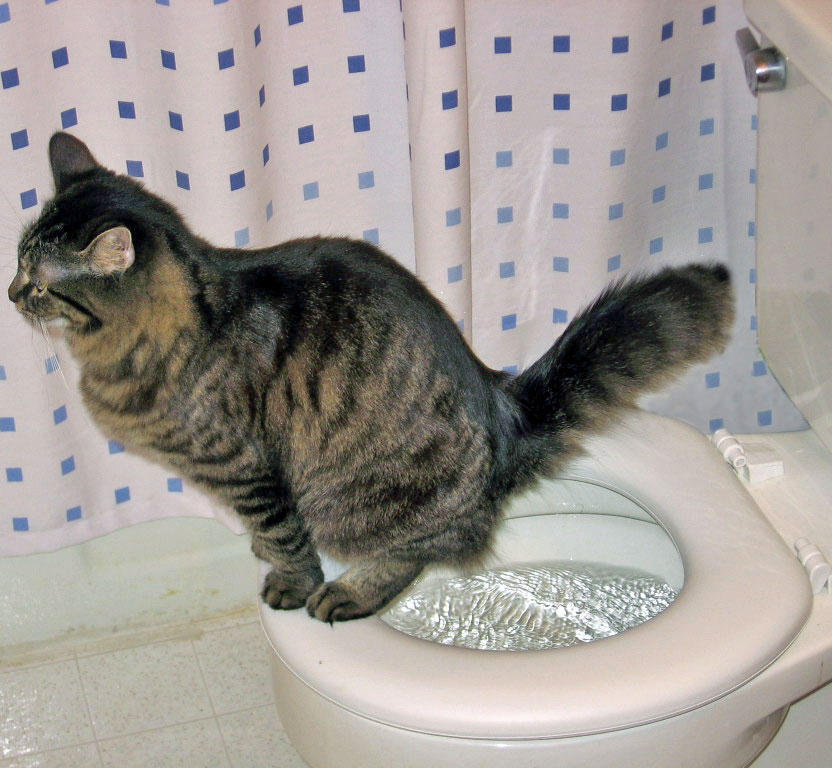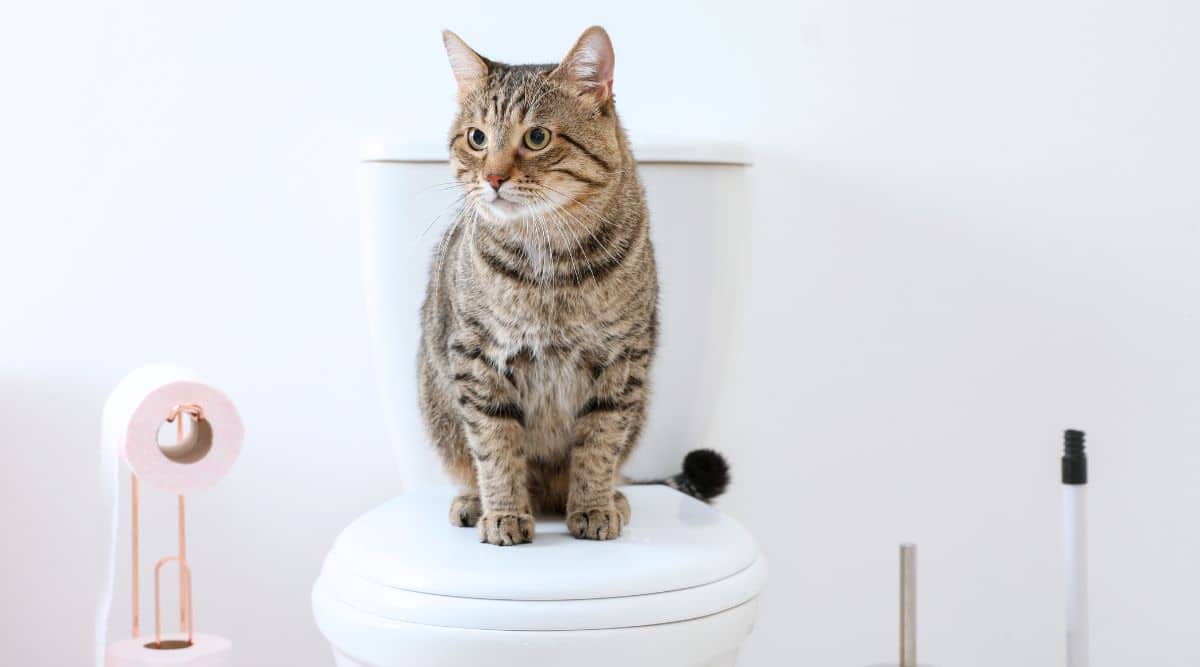Vital Factors Regarding Flushing Animal Waste Down the Toilet
Vital Factors Regarding Flushing Animal Waste Down the Toilet
Blog Article
This post which follows on the subject of Why you should never flush dog poop down the toilet is amazingly insightful. You should take a look.

When it involves disposing of waste, specifically animal waste, lots of people often resort to the hassle-free choice of flushing it down the toilet. Nevertheless, this apparently very easy solution can have major repercussions for the setting and public health. In this write-up, we'll discover why flushing pet waste down the toilet is a negative idea and supply different approaches for correct disposal.
Introduction
Correct garbage disposal is essential for keeping ecological sustainability and public health. While it might appear safe to purge animal waste down the commode, it can bring about different concerns, both for the atmosphere and human well-being.
Risks of flushing pet waste
Environmental effect
Purging animal waste introduces dangerous microorganisms and pathogens into rivers, which can adversely affect marine ecological communities. These microorganisms can infect water resources and harm marine life, interfering with delicate ecosystems.
Public health problems
Animal waste has dangerous microorganisms such as E. coli and Salmonella, which can position serious health and wellness threats to human beings. Purging pet waste down the bathroom can pollute water products, leading to the spread of conditions and infections.
Alternatives to flushing
Rather than flushing pet waste down the commode, there are several alternative disposal methods that are much more environmentally friendly and sanitary.
Composting
Composting pet waste is an eco-friendly means to take care of it. By composting, organic matter is broken down right into nutrient-rich dirt, which can be utilized to feed yards and plants.
Garbage dump disposal
Disposing of pet waste in a landfill is another alternative. While not as environmentally friendly as composting, it is a much safer option to flushing, as it avoids the contamination of water resources.
Pet dog garbage disposal systems
There are customized pet dog waste disposal systems readily available that safely and hygienically deal with animal waste. These systems often make use of enzymes to break down waste and get rid of odors.
Actions to proper pet waste disposal
To make certain proper disposal of animal waste, follow these steps:
Scooping and nabbing waste
Regularly scoop and bag animal waste utilizing biodegradable bags. This avoids waste from polluting the atmosphere.
Using marked waste bins
Dispose of bagged animal waste in marked waste containers, such as garden compost containers or garbage dump containers. Avoid flushing it down the commode at all prices.
Cleansing litter boxes and animal areas on a regular basis
Consistently clean litter boxes and animal areas to avoid the accumulation of waste and germs. Use pet-safe here cleaning products to maintain hygiene.
Advantages of correct disposal approaches
Embracing appropriate disposal methods for pet waste uses several advantages:
Lowered environmental pollution
Correct disposal techniques decrease the risk of environmental pollution, protecting rivers and environments from contamination
Decreased danger of water contamination.
By staying clear of flushing animal waste down the commode, the danger of water contamination is substantially reduced, safeguarding public health.
Boosted cleanliness and health
Proper disposal approaches advertise far better cleanliness and health, developing a more secure environment for both humans and animals.
Verdict
Finally, purging pet waste down the commode is dangerous to the setting and public health. By embracing different disposal methods and adhering to appropriate waste monitoring practices, we can lessen the negative effect of pet waste and contribute to a cleaner, much healthier earth.
What To Do With Dog Poo – The Do's And Don'ts Of Disposing Of Faeces
Dog poo bins
Some councils provide dedicated dog waste bins in popular dog-walking areas that can take dog poo that has been bagged but you can legally dispose of dog waste in any public litter bin, as long as it is securely bagged. This also applies to your wheelie bin at home.
Do not flush
Water companies do not recommend flushing dog faeces down the toilet because certain parasites can survive the water processing treatment and are potentially harmful to humans. You should also never consider flushing dog poo that has been bagged down the toilet as the bags will not break down and instead create severe blockages in the sewage system.
In the woods
The Forestry Commission promotes a ‘stick and flick’ method for dealing with waste in the woods. This means finding a stick and using it to flick any poo from off the path so that it is out of the way of other walkers. You could also bury it as long as it is not in an area where there might be livestock.
Livestock
Parasites found in dog poo can be transmitted to livestock if they inadvertently eat infected faeces that has been left on grazing land. This could result in the death of sheep or abortion in cattle so you should always make sure you pick up your dog’s waste in fields where livestock could be present.

Consistently clean litter boxes and animal areas to avoid the accumulation of waste and germs. Use pet-safe here cleaning products to maintain hygiene.
Advantages of correct disposal approaches
Embracing appropriate disposal methods for pet waste uses several advantages:
Lowered environmental pollution
Correct disposal techniques decrease the risk of environmental pollution, protecting rivers and environments from contamination
Decreased danger of water contamination.
By staying clear of flushing animal waste down the commode, the danger of water contamination is substantially reduced, safeguarding public health.
Boosted cleanliness and health
Proper disposal approaches advertise far better cleanliness and health, developing a more secure environment for both humans and animals.
Verdict
Finally, purging pet waste down the commode is dangerous to the setting and public health. By embracing different disposal methods and adhering to appropriate waste monitoring practices, we can lessen the negative effect of pet waste and contribute to a cleaner, much healthier earth.
What To Do With Dog Poo – The Do's And Don'ts Of Disposing Of Faeces
Dog poo bins
Some councils provide dedicated dog waste bins in popular dog-walking areas that can take dog poo that has been bagged but you can legally dispose of dog waste in any public litter bin, as long as it is securely bagged. This also applies to your wheelie bin at home.
Do not flush
Water companies do not recommend flushing dog faeces down the toilet because certain parasites can survive the water processing treatment and are potentially harmful to humans. You should also never consider flushing dog poo that has been bagged down the toilet as the bags will not break down and instead create severe blockages in the sewage system.
In the woods
The Forestry Commission promotes a ‘stick and flick’ method for dealing with waste in the woods. This means finding a stick and using it to flick any poo from off the path so that it is out of the way of other walkers. You could also bury it as long as it is not in an area where there might be livestock.
Livestock
Parasites found in dog poo can be transmitted to livestock if they inadvertently eat infected faeces that has been left on grazing land. This could result in the death of sheep or abortion in cattle so you should always make sure you pick up your dog’s waste in fields where livestock could be present.

Do you like reading about 4 Reasons Why Dog Poop Cleanup is Important? Create a comment down the page. We would be delighted to listen to your responses about this blog post. In hopes that you come back again soon. Are you aware of somebody else who is inquisitive about Don't Flush Your Pets Poo Down The Loo, Vet Warns? Please feel free to promote it. Kudos for being here. Return soon.
Call Today Report this page